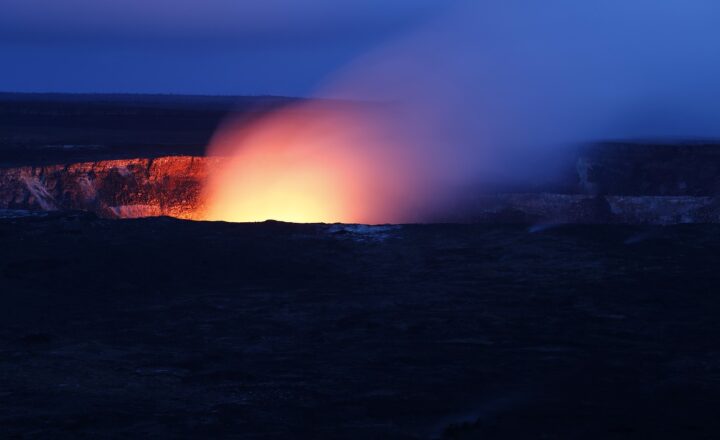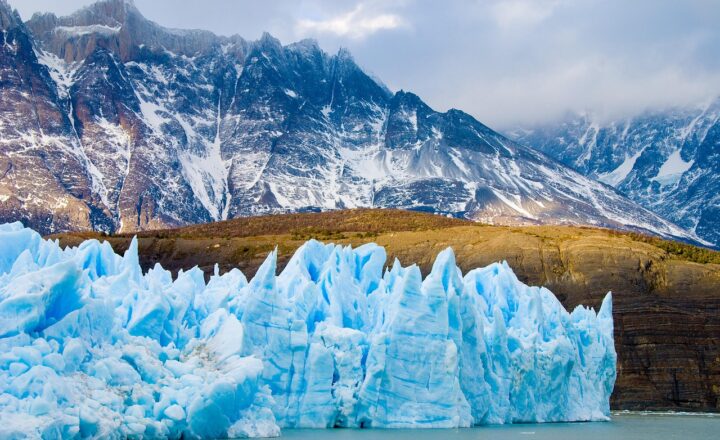A Journey Through the Great Migration: Nature’s Most Incredible Travel Story
November 17, 2024

The Great Migration is a spectacle that captivates nature enthusiasts and travelers alike. Every year, millions of wildebeest, zebras, and antelope embark on a perilous journey across the Serengeti plains of Tanzania to the lush grasslands of Kenya’s Maasai Mara in search of food and water. This annual event is not just a testament to the resilience of these animals, but it is also nature’s most incredible travel story, weaving together the threads of survival, instinct, and the breathtaking beauty of the African landscape.
1. The Origins of Migration
The patterns of migration in the animal kingdom stem from age-old survival instincts, dictated by the availability of resources. The Great Migration is a phenomenon primarily driven by the dramatic climatic changes in the region, bouncing between periods of lush rains and arid droughts. The grasses of the Serengeti are rich with nutrients for the herbivores, but as the dry season approaches, they quickly deplete. To avoid starvation, these animals must move in a quest for greener pastures.
Every September to November, wildebeest and zebras start their journey from Tanzania to Kenya, commonly referred to as the ‘wildebeest migration.’ With approximately 1.5 million wildebeests and 200,000 zebras joining the migration, the sheer volume of the animals creates a visual experience that is unparalleled on Earth.
2. The Circle of Life: The Perils of Migration
While the migration is a testament to survival, it’s not devoid of danger. The journey is fraught with challenges, including harsh weather conditions, difficult terrain, and predation from powerful hunters such as lions, crocodiles, and hyenas. The wildebeests navigate predators with instinctive herd behavior, moving in tight formations to confuse attackers. The perilous crossing of rivers—especially the famous Mara River—is particularly dramatic, with the potential for crocodile ambushes and the risk of drowning contributing to the circle of life.
Each stage of this migration is a raw reminder of nature’s order. The reality of life and death plays out before the eyes of onlookers—an eternal dance as animals are both hunter and hunted. After the animals cross the Mara River, the cycle begins again as they graze in the lush grasses of the Maasai Mara before returning south to the Serengeti as rains return.
3. Witnessing the Great Migration
Traveling to witness the Great Migration is an experience of a lifetime. The best time to observe this phenomenon varies depending on weather conditions and animal movements. Typically, the migration peaks between June and October in the Maasai Mara, where tourists gather for the chance to see thousands of wildebeests gathering at the rivers. Safari tours offer specialized itineraries to ensure a front-row seat to this mesmerizing event.
Many travelers opt for hot air balloon rides during the early morning hours, offering a panoramic view of the unfolding drama below. From this high vantage point, onlookers can witness the vastness of the Serengeti and the flowing lines of the migrations, a natural orchestration playing out on the landscape.
Photographers, in particular, find the Great Migration to be a subject of endless fascination and a great opportunity to capture the intricate details of wildlife poses interplaying with the stunning backdrops of savannah sunsets.
4. Environmental Impact and Conservation Efforts
The Great Migration demonstrates a critical consideration regarding environmental conservation. As tourism around the Great Migration flourishes, there are simultaneous efforts to preserve the ecosystems that allow this grand event to take place. The conservation of the Serengeti-Mara ecosystem is paramount for maintaining biodiversity and ensuring that natural patterns remain unblemished by human activities.
Non-governmental organizations, national parks, and local communities are coming together to protect the migration paths of these magnificent creatures. Sustainable tourism practices are being implemented to minimize environmental strain, ensuring that future generations can witness this natural wonder. Walking tours and low-impact safari experiences are encouraged, aiming to leave a lighter footprint while still enjoying the beauty and majesty of the migration.
5. The Cultural Significance of the Migration
The Great Migration is not just a biological occurrence; it holds significant cultural importance as well. The Maasai people, with their deep-rooted connection to the land, have coexisted with these animals for centuries. Their traditional practices follow the rhythms of the migration, highlighting an interwoven existence between nature and culture.
The migration seasons also bring festivals and gatherings, where Maasai ceremonies and cultural displays flourish, welcoming the returning animals. These celebrations emphasize the importance of wildlife within their daily lives and are a reminder of the interdependence between nature and human culture.
As environmental challenges loom due to climate change and human intervention, understanding the migration’s past and present becomes increasingly important for both scientific and cultural communities.
Conclusion: A Journey Worth Taking
The Great Migration paints a vivid tapestry of survival, instinct, and the unbreakable bonds within nature. Observing this phenomenon provides insight into the intricacies of life on Earth and the pristine beauty of untamed landscapes. As we watch nature unfold in real time, one cannot help but feel inspired by the resilience of these creatures.
A journey through the Great Migration isn’t just a visual spectacle—it’s a call to understand and appreciate the wonders of our planet. By encouraging sustainable practices and taking measures to safeguard these ecosystems, we can ensure that the great story of migration continues to unfold for generations to come.
In the end, every traveler who embarks on this journey becomes a part of nature’s most incredible travel story, leaving with a deeper appreciation of our planet’s majestic wonders and the lessons that come with them.








